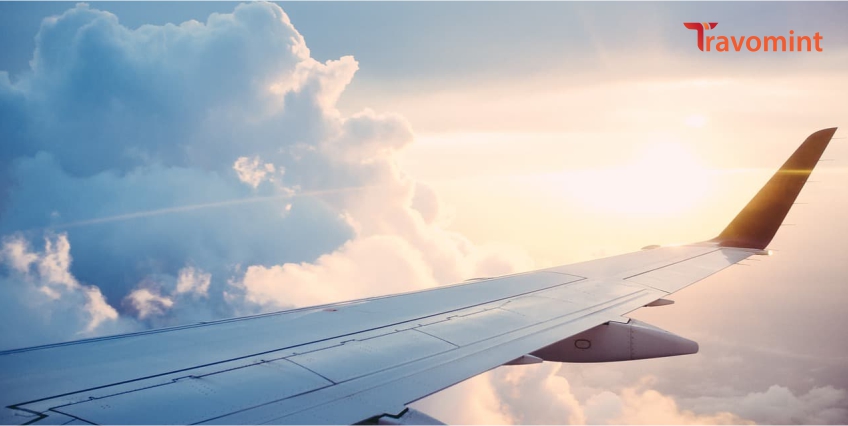- 14 Aug, 2024
Traveling abroad can be one of the most enriching specialties, and the ability to visit foreign countries depends on the guidelines. Hence, it is not easy to visit many countries without a visa, even if you plan your short stay. You can apply for a Visa at embassies and consulates, and it can take time to obtain the required documentation, such as letters of invitation and other notifications for Visas. So, it is also essential to understand the difference between Visa-free and Visa-on-arrival, which is crucial for passengers navigating international borders. Both options are excellent for finding a straightforward entry process compared to obtaining a traditional visa, but they differ in their work, where they are applicable, and what you need to prepare for your flight journey. So, to make your flight journey unforgettable, you need to check out the significantly different Visa-free visas on arrival.
What is the difference between visa-free and visa-on-arrival?
When checking the difference between Visa-free and Visa-free, you will see that it allows you to enter a country without a visa. At the same time, a Visa-on-arrival enables you to obtain a visa when you arrive at the destination's airport or border checkpoint. So, if you wish to gather appropriate details about these two visas, you need to read up on the significant points provided by the travel agent below.
Visa-free travel:
Visa-free travel means you must be a citizen of a specific country and have a valid passport to enter and exit the country. You don't need to pre-plan or collect documentation; you can walk straight to immigration. To get significant details about visa-free travel benefits, gather the appropriate details below.
- This privilege is commonly the result of bilateral or multilateral agreements between countries based on factors like diplomatic relations, economic ties, or mutual trust.
- To travel visa-free, it is essential to pre-plan your trip, collect the necessary documents, and obtain significant facilities to make your flight journey more comfortable.
- You can apply for this visa online for countries such as Bahmas, Belarus, Austria, Argentina, Costa Rica, Cyprus, Chile, Denmark, Japan, Italy, Indonesia, Mexico, etc.
- It is also importnat to remember that you must stay within a limited time, between 15 and 90 days, as overstaying is an immigration offense that could lead to civil or criminal charges and a ban on traveling to the country in the future.
- With this visa, you must pay an airport or departure tax in some countries, which you must check when traveling to a particular destination.
Visa-on-arrival:
Visa-on-arrival is one system where you can obtain a visa upon arrival at the destination country. This is more convenient than obtaining a visa in advance, but you still need to review the significant details to find this visa on arrival. To apply for this visa, you must pay a predetermined fee to obtain a visa when you arrive. You may need to provide documents such as your passport, a passport photocopy, a complete visa application form, a hotel reservation, travel insurance, round-trip airfare, biometric photographs, and so on. Get some other valuable points below.
- You can apply for visa-on-arrival at the destination country's airport, seaport, or land border.
- Upon arrival, you can fill out the visa application form and provide the necessary documents and a passport-size photo.
- The visa-on-arrival fee, which can vary depending on the destination, is easily paid in the local currency.
- It is similar to visa-free entry, as Visa-on-arrival has a certain period for all leisure and business passengers.
Conclusion:
Thus, the main difference between visa-free and visa-on-arrival is the necessity to obtain a visa and make your travel hassle-free. Visa-free allows you to have more flexibility where you don't have any visa requirements, and visa on arrival is more flexible than other traditional visas.










